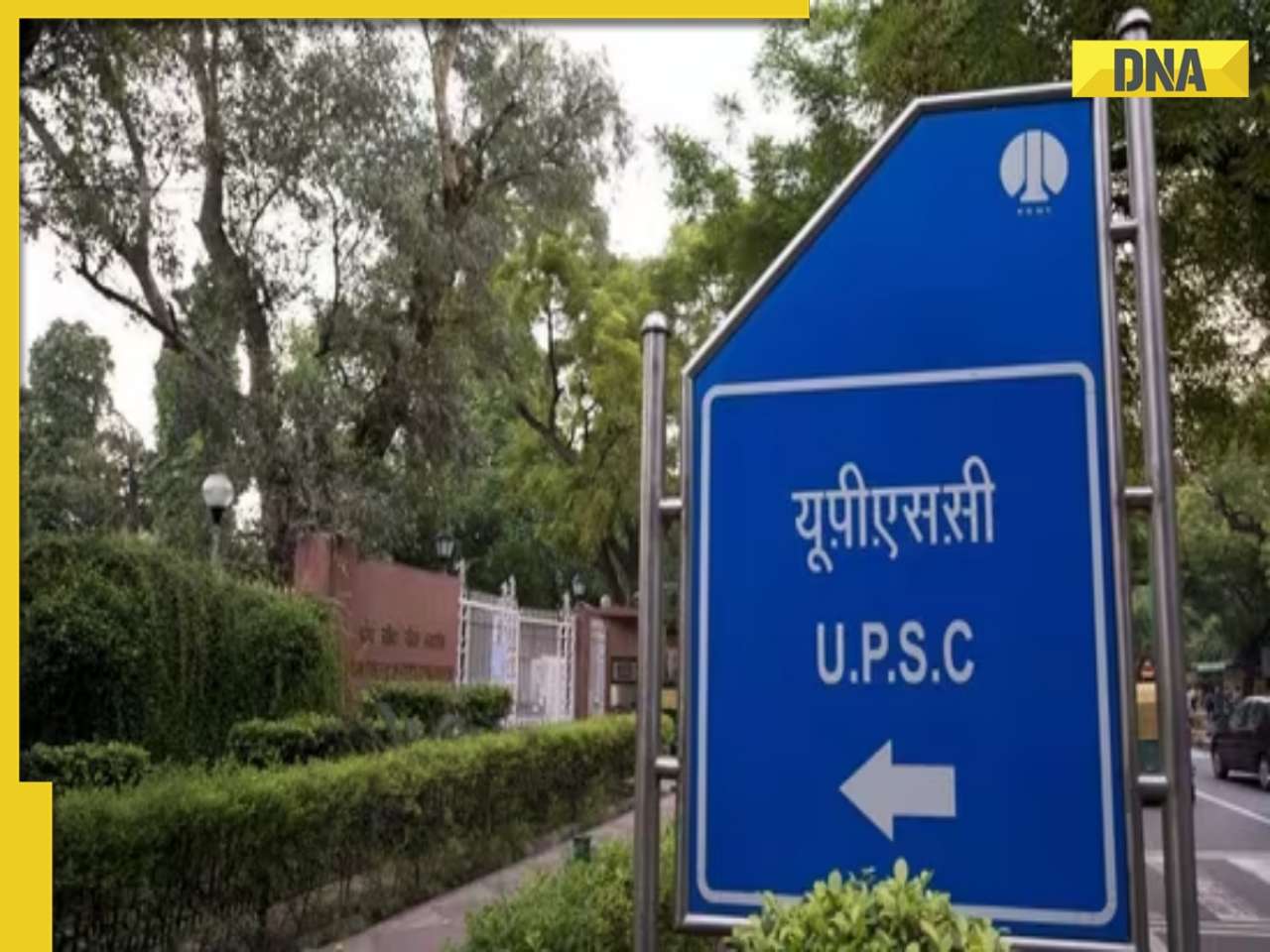- LATEST
- WEBSTORY
- TRENDING
SCIENCE
Europa Clipper mission: All you need to know about NASA' daring mission to uncover a 'hidden ocean' in space
The launch window for this mission is set to open on October 10, 2024.
TRENDING NOW
NASA is gearing up for the Europa Clipper mission, aimed at exploring the enigmatic moon Europa, one of Jupiter's most fascinating satellites. The launch window for this mission is set to open on October 10, 2024. The spacecraft will embark on a journey to investigate whether this icy moon has the conditions necessary to support life.
Here are 10 important details about the highly anticipated Europa Clipper mission, which has generated significant excitement due to its potential to uncover one of the most significant discoveries in space exploration: the possibility of life on another celestial body.
1. Europa is regarded as one of the most promising locations for discovering habitable conditions outside of Earth. NASA reports that scientific evidence indicates the presence of essential life ingredients—water, suitable chemistry, and energy—potentially located beneath its icy surface.
2. Previous NASA missions have revealed the existence of a vast salty ocean beneath Europa's frozen exterior. This ocean may be twice the size of all of Earth's oceans combined, positioning Europa as a key focus in the quest for extraterrestrial life.
3. The Europa Clipper mission is expected to take around 5 and a half years to reach Jupiter, traveling a distance of 1.8 billion miles (2.9 billion kilometers). To save fuel, the spacecraft will utilize gravity assists from Mars and Earth to boost its speed on the journey, with an anticipated arrival in 2030.
4. NASA has announced that the Europa Clipper will not land on the moon but will instead orbit Jupiter and perform 49 close flybys of Europa. During these flybys, the spacecraft will collect detailed information about the moon's icy crust and subsurface ocean, aiding scientists in evaluating the potential for life on Europa.
5. Europa Clipper will traverse one of the most extreme radiation environments in our solar system, surpassed only by that of the Sun. Jupiter's magnetic field is 20,000 times more powerful than Earth's, making radiation protection essential for the mission. According to NASA, the spacecraft will feature a vault designed to protect its electronics from radiation exposure.
6. The space agency has revealed that the Europa Clipper will be equipped with nine scientific instruments, including tools designed to examine the moon's interior, composition, and geology. These instruments will collaborate during each flyby, combining data to offer a thorough understanding of Europa's potential for habitability.
7. Europa Clipper is NASA's largest spacecraft constructed for a planetary mission. When fully extended, it will measure 100 feet (30.5 meters) in length, with solar arrays that reach 58 feet (17.6 meters). These arrays are essential for capturing sufficient sunlight to power the spacecraft on its journey to Jupiter.
8. The Europa Clipper mission is a collaborative global initiative, with approximately 1,000 individuals involved in the project. This team includes over 220 scientists from both the US and Europe, as reported by NASA.
9. Accompanying the Europa Clipper mission is a unique initiative titled "Message in a Bottle." The spacecraft will carry a poem by US Poet Laureate Ada Limón, along with the names of over 2.6 million people from around the globe. This message will travel with Europa Clipper as it aims to uncover the secrets of another water world.
10. The main goal of the Europa Clipper mission is to assess Europa's habitability. The mission will focus on measuring the thickness of the moon's icy crust, analyzing its surface composition, and examining its geological characteristics.







)
)
)
)
)
)
)
)
)
)
)
)
)
)
)
)



























































